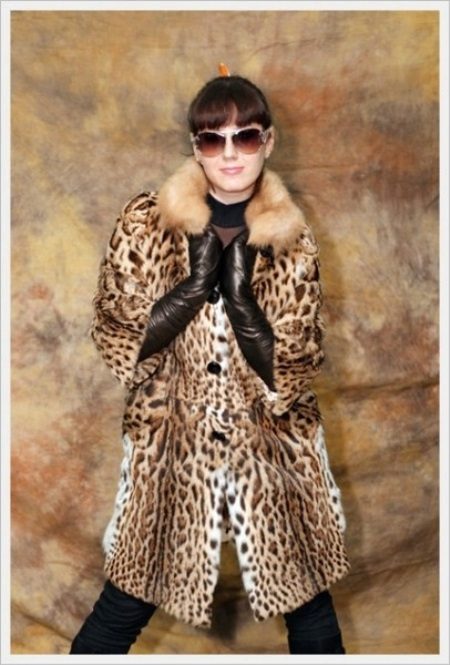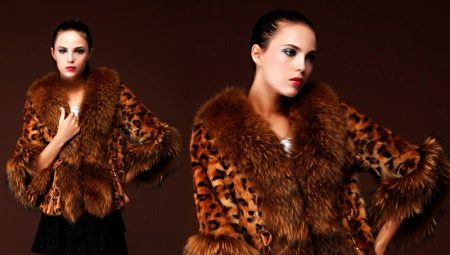Many connoisseurs of natural fur tend to stand out among all owners of mink and muton fur coats. A great way to do this as effectively as possible will be a fashionable little thing made of reed cat fur. This animal is extremely rare in nature, its number is strictly regulated, so a fur coat from such fur is guaranteed to be exclusive.
Due to its unique color, the reed cat is periodically also called bog trot. The third name is also common - lippy. The reed cat, as a rule, is three times larger than domestic cats: the body of the animal reaches a meter length, and the weight is fifteen kilograms.
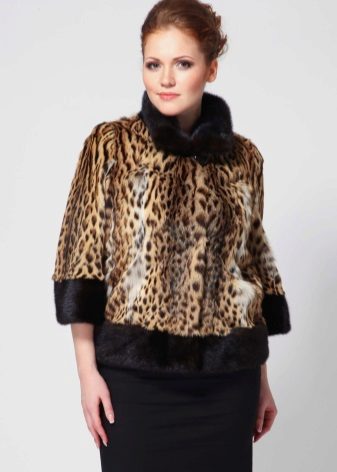
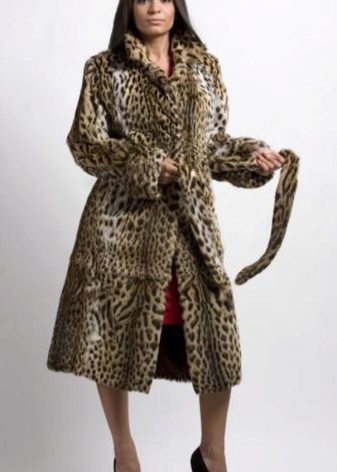
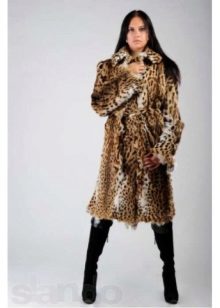
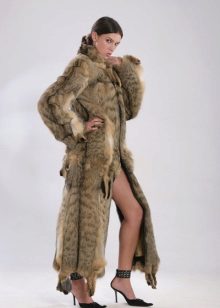
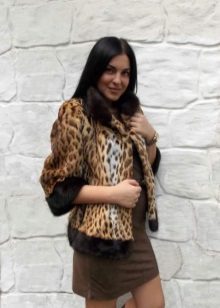
Features and benefits of fur
The color of the reed cat skin is rightfully considered one of the most unique and elegant: short-haired spotted fur gently shimmers both in sunlight and under artificial lighting. Lippi fur is distinguished by medium-sized fins, it is not prone to stretching and rubbing even with daily use - provided that the fur coat is worn neatly and stored correctly.
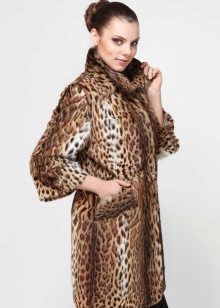
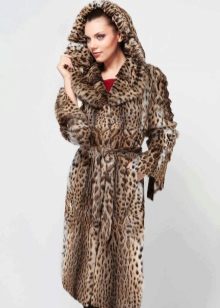
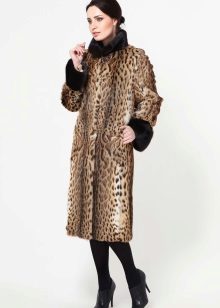
Unlike many other types of fur, both summer and winter reed cat skins are used to make fur coats. From the latter, darker things are obtained, which is explained by the soft and long pile of fur in which these animals meet winter. Such fur is much more appreciated than its short summer variety, which is more rude to the touch.
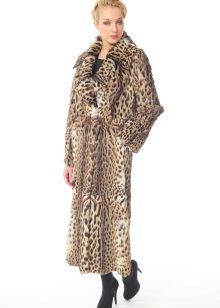
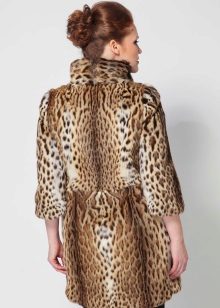
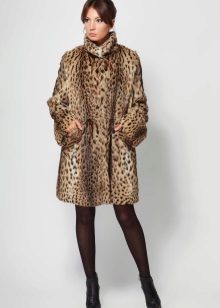
Models
Despite the scarcity of reed cat fur, the range of fur coats sewn from it is expanding every year. The main styles can be divided into several categories:
- Classic. The option “to the floor”, habitual for fur coats from other types of fur, not burdened with decorative trim, does not provide for a hood;
- Autolady. The fitted style that has already become a modern classic for active independent ladies is considered the optimal solution for those women who do not spend a day without driving. There are models with and without a hood, a waistline that emphasizes the waistline is appropriate and recommended at the waist;
- The coat is of medium length. The most common version up to the ankle or middle of the calf is often equipped with decorative elements from raccoon or polar fox fur;
- Transformer. The central part of such a fur coat, as a rule, is sewn from lippi fur, but detachable sleeves can be either leather or made from the fur of other animals;
- Jacket. The youth model, which exists in versions with both a hood and an English collar, not overloaded with trim.
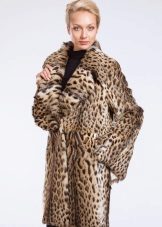
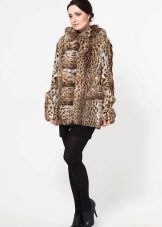

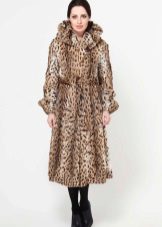
Given the rarity and value of reed cat fur, it is not surprising that it is the shortened fur coat models that are most widely used on the market, for the creation of which it is used. Firstly, their production takes less scarce skins, and secondly, it significantly reduces the cost of the finished product. Vests and coats made of swamp lynx fur are also well-deserved popularity.
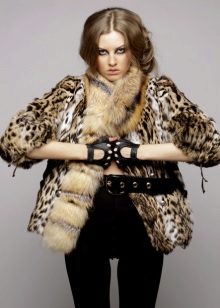
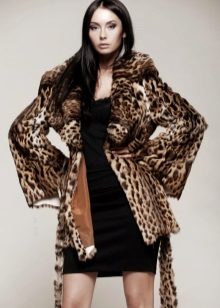
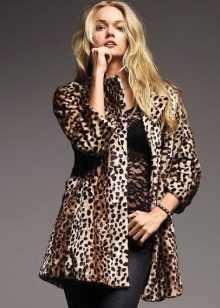
Warmer fur coats, suitable to flaunt them on the coldest days, are obtained from the winter fur of the reed cat.
Stylists remind fashionistas who are looking for an exclusive model of a fur coat from this fur that long models will not be appropriate for driving a car or in public transport. For active ladies, whose day includes many trips, practical variations are more suitable: auto-lady or a fur coat-jacket.
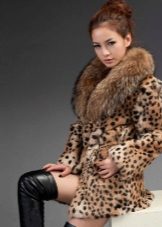
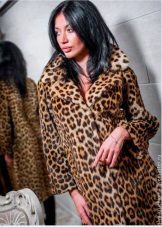
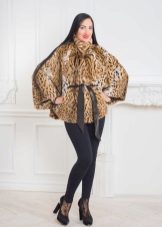
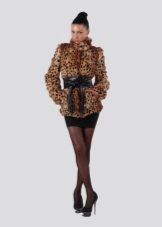
Color
The color of the reed cat's fur coat directly depends on the terrain in which it lives. The fur can be red, olive, brown and even grayish-brown. Whatever color the skin possesses, its ornament will be truly unique: two identical in nature do not exist. The fact is that the shades of the pile in different areas of the skins are different.
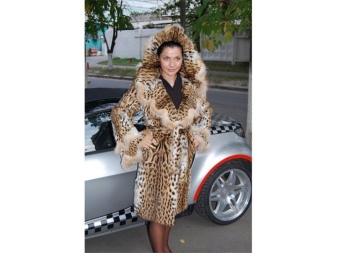
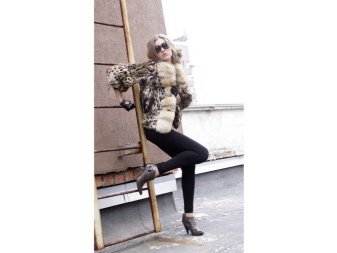
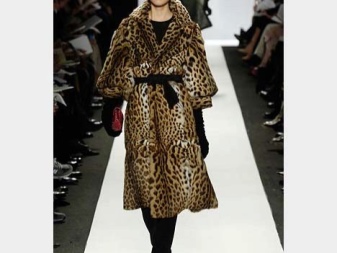
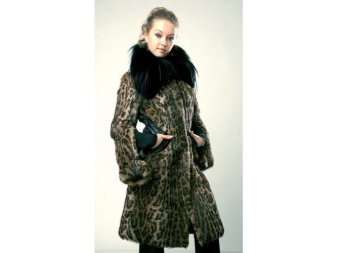
This gives the creators of fur coats the opportunity to create a palette with original color tints and transitions. It is safe to say that each fur coat sewn from reed cat fur is similar to other specimens in style, but is unique in color.
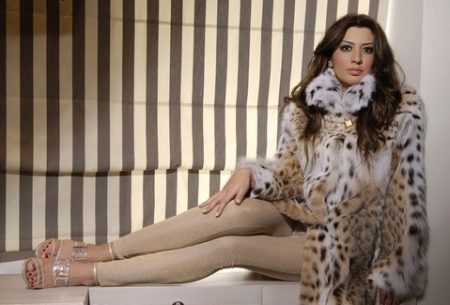
The fur of the swamp lynx tolerates coloring well, however, designers prefer not to deprive this exclusive fur of its unique pristine color - the spotted texture looks luxurious and without tinting.
The rarity of the reed cat is, in a sense, compensated by the fact that its fur is perfectly combined with other furs. Among the most coveted "neighbors", the creators of fur coats called fox and mink fur, as well as black-brown fox.
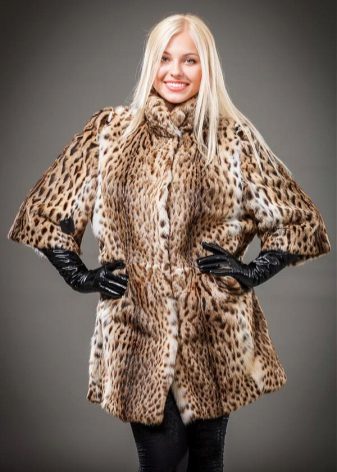
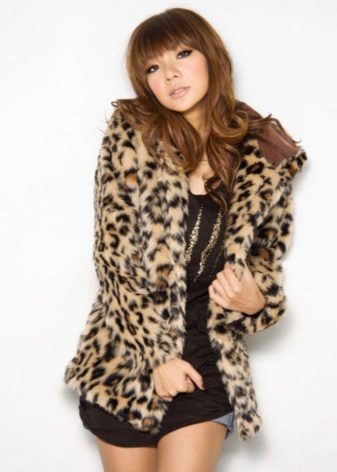
How to choose?
Despite the unique features of reed cat fur, fur coats sewn from it should be chosen in the same way as products from other types of fur:
- the fur slightly pressed by the palm should restore its original shape almost immediately;
- when trying to bend or wrinkle a fur coat, the fur should not make a creaking or crunching noise;
- the new product should not emit any sharp odors, the only acceptable aroma is considered to be a natural, subtle smell of fur.
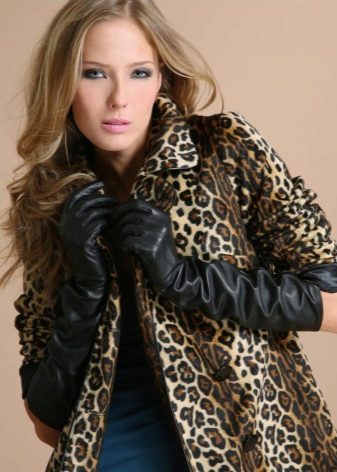

Experts advise you to buy things from a reed cat in proven places where there is no risk of stumbling on a fake or low-quality fur coat, and professional consultants will help you choose the right model.
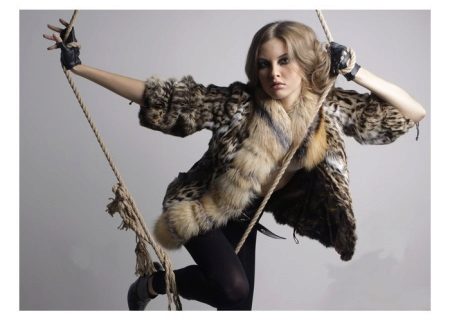
How to store?
The delicate structure of reed cat fur during careless storage can be wiped and wrinkled. To avoid this, hang a fur coat on broad shoulders and provide free space around it. The hanging coat should not touch other things in the cabinet.
Before placing a fur coat from such fur for long storage until the next season, it is necessary to dry it thoroughly in a dark and well-ventilated room. After drying, the fur coat is gently shaken and placed in a suitable cover - ideally, this should be a “native” cover, which came complete with a fur product.
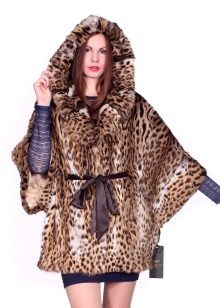
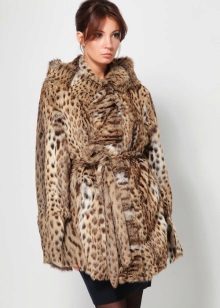

Reviews
Modern designers turned their attention to the reed cat fur in the middle of the “zero”, at the same time a surge of consumer interest in fur coats from this unusual fur began.
Many owners of reed cat fur coats regard this purchase as an image rather than a practical one. These coats are clearly not for every day, but for a decent occasion. The same ladies who use these things as the main outerwear for the autumn-winter season, note that after a few years the fur begins to lose its original color.
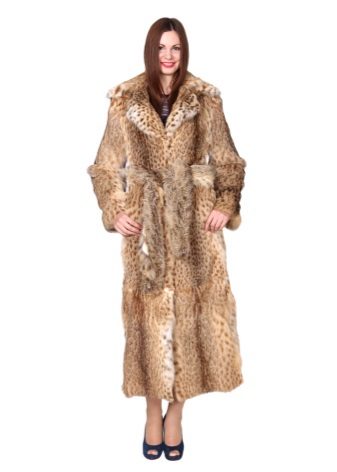
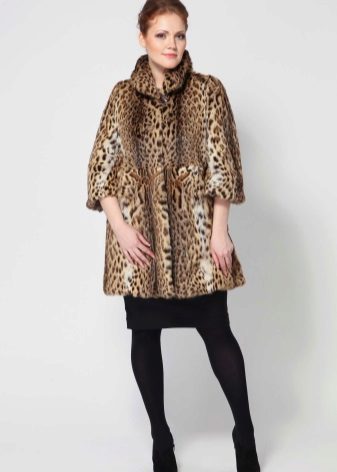
This is partly explained by the fact that prolonged exposure to direct sunlight does not benefit not only things from the marsh lynx, but also to any natural fur in general.
